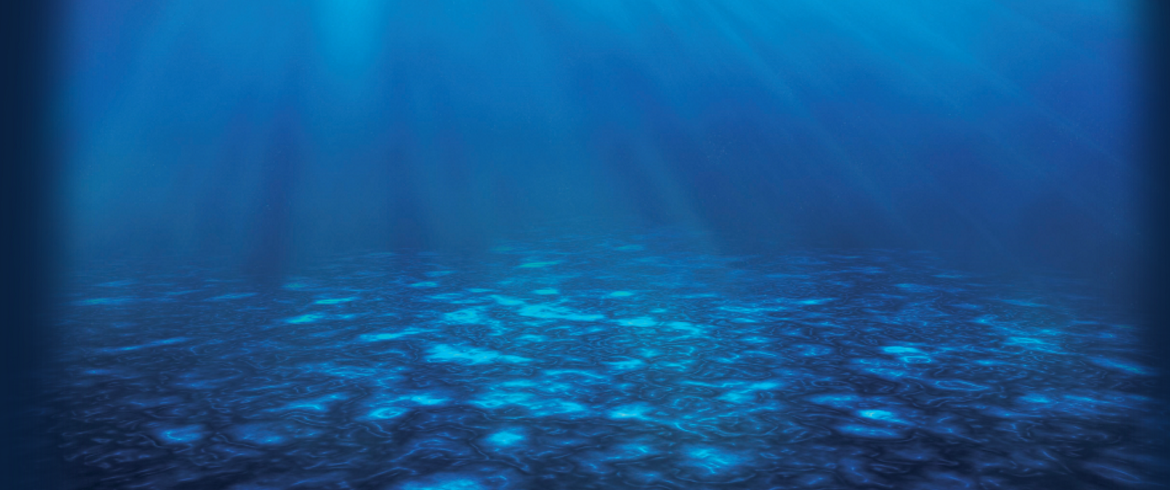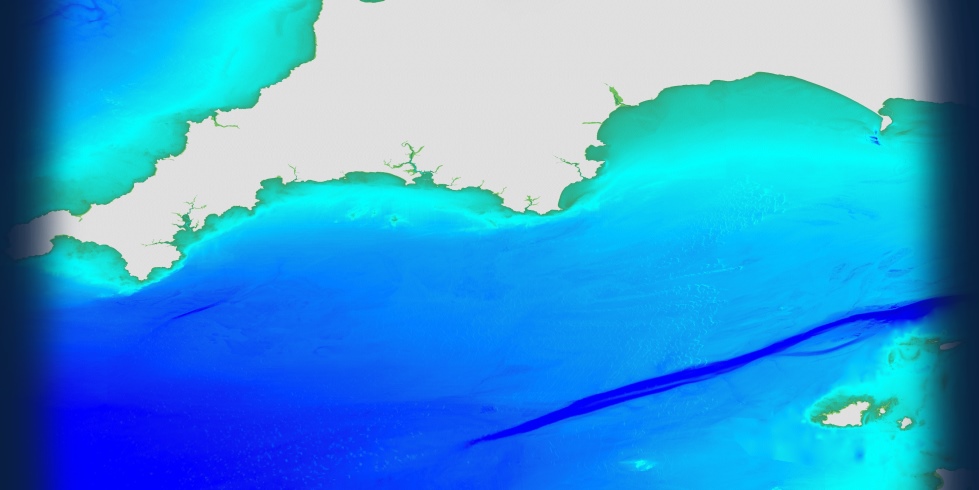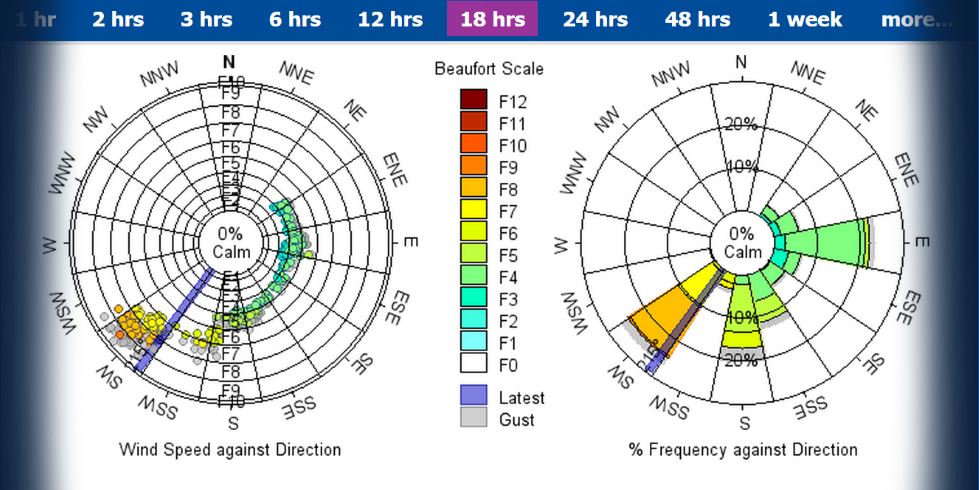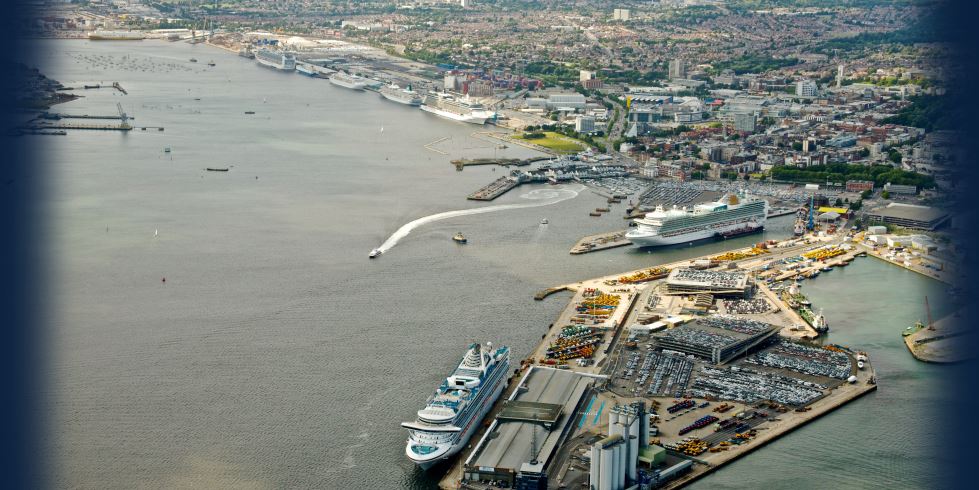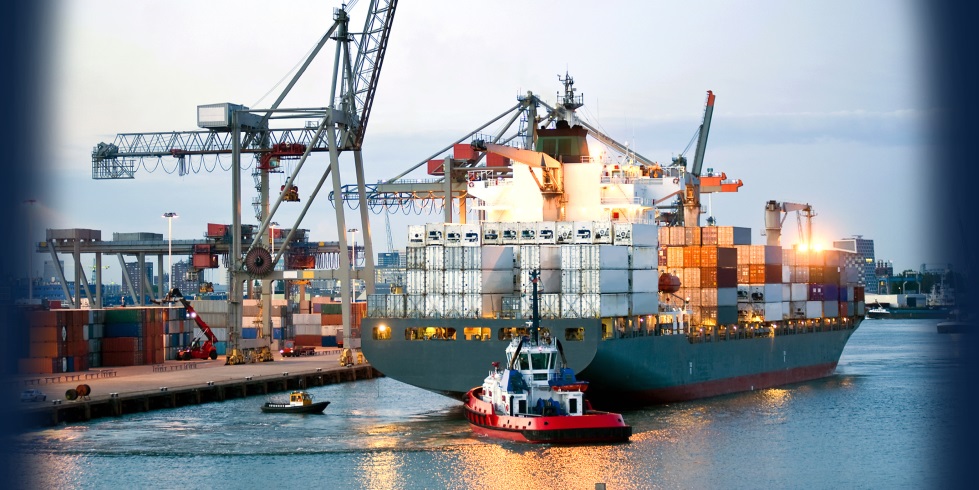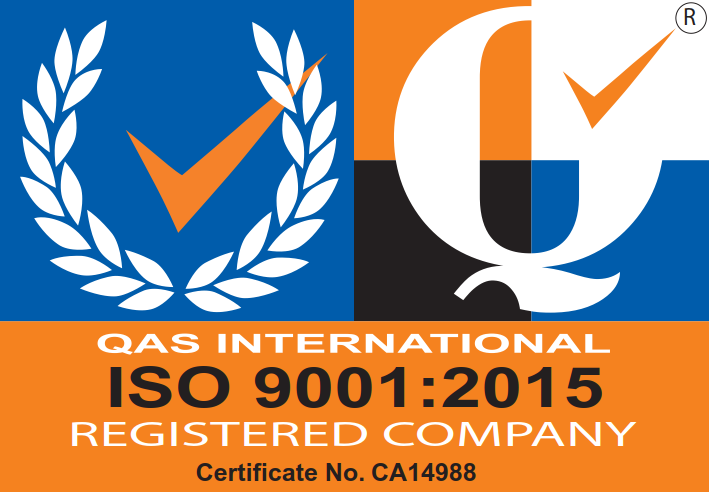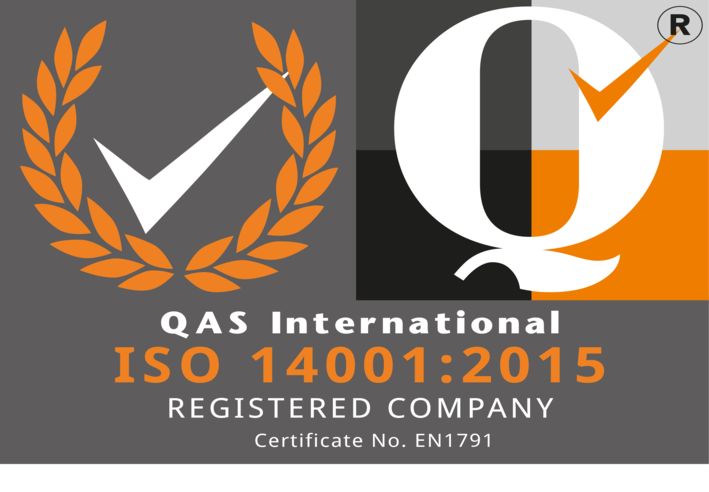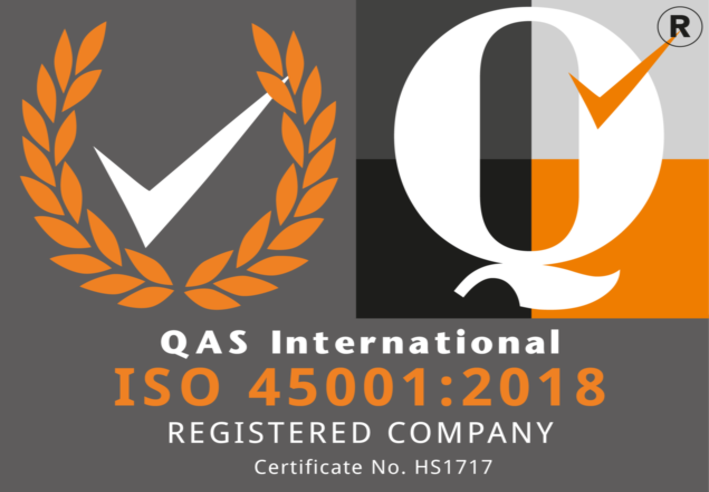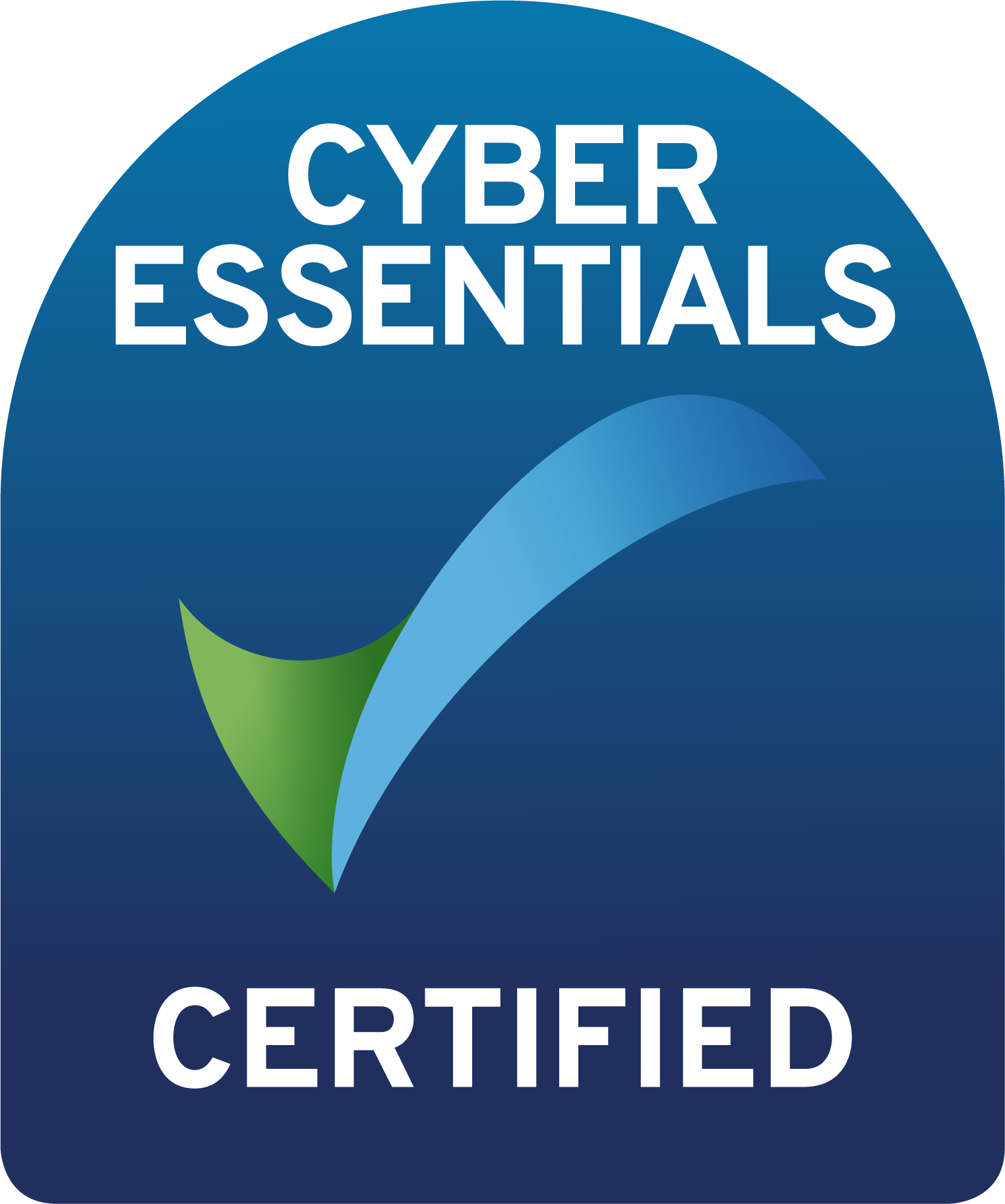Glossary of Terms
A quick reference guide to some of the terms used
Wondering what we mean by Data Management? Do you know what the term MSDI means? Please find below a short glossary of the terms used on our website. If you spot any not included here and you’d like us to add it – please email us at info@oceanwise.eu.
For terminology and references for our mapping products please visit our Mapping Feature Catalogue.
What is Data Management?
Resource links:
Dama (The Global Data Management Community)
MEDIN (Marine Environmental Data and Information Network)Want to know more? Why not download our <data-lead-id=”link–cta_1_link” id=”cta_1_link” data-toggle=”modal” data-target=”#MSDI_Whitepaper”>white paper “Why Data Management Matters to Ports and Harbours” or see our press article.
What is Data Governance and why do we need it?
Data Governance is the execution and enforcement of authority over the management of data and data-related resources.
See the interesting article on this subject here by Nicola Askham (an Independent Data Governance Coach).
What is a Marine Spatial Data (or Marine Information) Infrastructure or ‘MSDI’?
A Spatial Data Infrastructure is the relevant base collection of technologies, policies and institutional arrangements that facilitate the availability of and access to spatial and business data. It covers the processes that integrate technologies, policies, standards, and people; the structure of working practices and relationships across data producers and users for access, sharing and analysing geospatial information across government and commerce. It also includes hardware, software and system components necessary to support the processes. Importantly, an SDI is not a central repository for data, a portal for discovery, view and download of data nor simply GIS software.
A Marine Spatial Data Infrastructure encompasses all marine and / or maritime information including maritime boundaries and limits, conservation areas and marine habitats, oceanography, bathymetry, geology, wrecks, offshore installations, pipelines and cables.
Please download our MSDI <data-lead-id=”link–cta_1_link” id=”cta_1_link” data-toggle=”modal” data-target=”#MSDI_Whitepaper”>white paper or see our press article here.
What is a Maritime Information Infrastructure (MII)?
What is an ENC?
If you require ENC’s, OceanWise can provide several options. We offer: an ENC Web Map Service, software that allows you to produce your owns ENCs or if you don’t have access to a GIS, we can create ENC’s for your specific needs. Please click here.
What is Telemetry?
What is ‘Smart’ Telemetry?
What is the UN-MGIWG?
What is the UN-GGIM?
What is the XL in Raster Charts XL and why have we eXcluded Land from Raster Charts?
Land mapping datasets tend to fill bodies of water with a shade of blue, because maritime information isn’t useful for the majority of their users. In the same vein, Nautical Charts fill land with a mustard shade. These datasets are suitable for someone navigating a car, or a ship, but what happens when your use case requires harmonised land and maritime information? RCXL is developed to solve this exact issue.
By removing the land from Nautical Charts, users are now able to combine the useful aspects of both datasets for a harmonious mapping experience across land and sea. Finally, as Nautical Charts are designed without any context of the surrounding charts, land from one chart will often overlap valid maritime data from another – a by-product of removing the land is that issue is also resolved in RCXL.
What is the difference between a Raster Chart and a Vector Chart like Marine Themes Vector?
Our mapping data is available in digital form as either a Raster Chart in Geotiff format or in various GIS friendly vector formats e.g. GML, SHP, FGDB.
Raster Charts are simply digital images of standard nautical paper charts. This means that they only show the information available on the paper chart. Each pixel in the image represents a colour value so there is no intelligence in the raster image. Raster charts are created by scanning the paper chart.
Marine Themes Vector is an intelligent dataset. It is coded with additional information not available in paper or raster charts. It carries a wealth of geo-spatial data and is linked to a database of associated information. The user can click on different features, such as a shipwreck or buoy, and retrieve additional information about that specific feature. For example, a wreck appears only as an symbol on an raster chart, but in the vector data a user can click on the feature and see the additional information, such as depth, date sunk and cargo. Marine Themes Vector also provides the user with control over how the chart is displayed, so you can easily turn different layers of information on and off leaving you with a tailored map only showing the user the details that they require. Try our range of mapping products out for yourself on our demo page: www.maps.oceanwise.eu Or download our data buying guide here.
What is a Factory Acceptance Test (FAT)?
What is Bathymetry?
What is a Digital Elevation Model?
What is Shoal Bias?
What is the difference between a Digital Elevation Model and Elevation data from nautical charts?
What is a Storm surge?
What is a Data Web Service?
Web Services come in a variety of ‘flavours’.
A Web Map Service (WMS) delivers data as a raster image back to the user based on the specific request sent to the Server hosting the Service. The request will contain the extents of the image and the layers required. If the data being used to create the image is Vector data then it is possible to enable Querying on a WMS so the end user can click on a feature in the image and get back the attributes of that feature, however it is not possible to use these in analysis.
A Web Map Tile Service (WMTS) is very similar to a WMS but the data is cached in Tiles at various Zoom Levels on the Server.The request would contain the extents and the zoom level needed and all Tiles intersecting this will be returned. These are often much faster than a WMS as the images returned to the end user system are pre-built.
A Web Feature Service (WFS) delivers data as a vector dataset so can be used for analysis. Features are clickable and queryable just like using a regular vector dataset in GIS.
How can I use a Data Web Service?
To connect to a Data Web Service you will need a URL of where the data is stored plus username and password if the Service is protected (all OceanWise Web Services require login details). Once connected you can use the Data Service just like any locally stored data layer.
In addition the Data Service can be added to online web mapping applications. Each application will have its own steps to add so please refer to the applications user instructions.
Why use a Data Web Service?
This does require an internet connection at all times the data is to be accessed. If you have users who may need access to the Data but wouldn’t have access to an internet connection (e.g. out in the field) then you would still require Datasets.
To see examples of our Data Web Services please click here
What is GIS?
Why is GIS important for marine professionals?
Why is GIS particularly important for Ports?
Everything a port does or owns has a location so can be placed on a map. A map (aka picture) is easier to understand by a greater number of people than a table or list of information. It provides context and shows relationships between seemingly disparate datasets. The tools within a GIS allow analysis of data so the data can be turned into information to provide evidence based decisions








